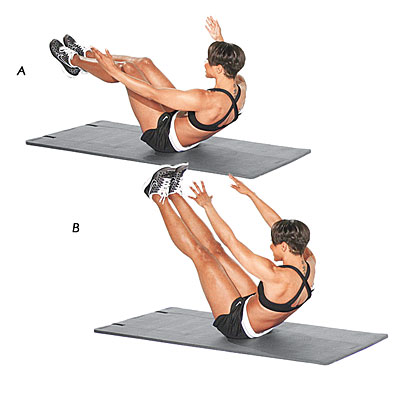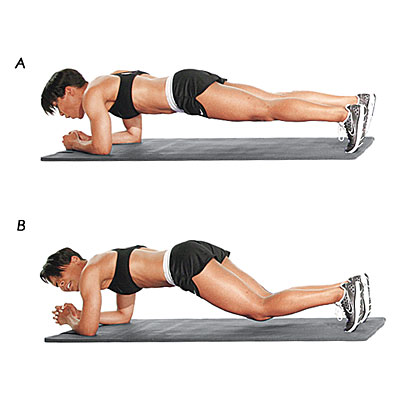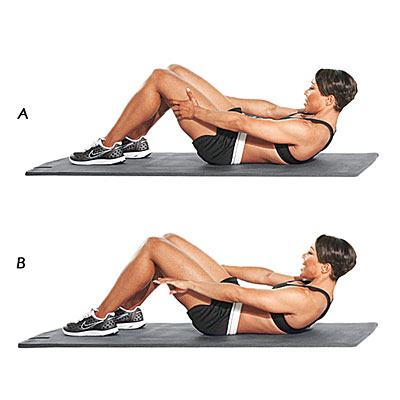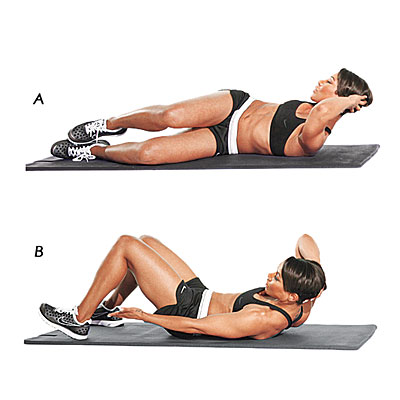
http://www.thedailybeast.com/articles/2014/07/12/repetition-doesn-t-work-better-ways-to-train-your-memory.html
Gregory Ferenstein

Shutterstock
A new study published in Learning and Memory found that simple repetition interferes with the ability to learn new information, especially when it is similar to a set of familiar facts. This may mean that memorizing facts about an issue through repetition could interfere with the ability to remember a more nuanced version of the same issue later on.
“Our findings suggest that although the ability to generally recognize something is strengthened with multiple encounters, one’s ability to discriminate among similar items in memory decay,” the study says. “In contrast to past beliefs, repetition may reduce the fidelity of memory representations.”
In study, subjects said a list of objects either one or three times. Later on, in the recall phase, another set of similar objects ("lures") was snuck in. Those who had seen objects multiple times better recalled the original objects but had a harder time distinguishing the lures. In other words, their memories were stronger but less precise. Over the long run, repetition can be a false temptress, making us think we've learning something when we really haven't.
"On your first reading of something, you extract a lot of understanding. But when you do the second reading, you read with a sense of ‘I know this, I know this,’"explain psychologists Henry Roediger and Mark McDaniel, authors of Make it Stick. "So basically, you’re not processing it deeply, or picking more out of it. Often, the re-reading is cursory—and it’s insidious, because this gives you the illusion that you know the material very well, when in fact there are gaps."
Here are a few tips for better memory:
Pace your studying
Not all repetition is bad. It's more accurate to say that cramming is ineffective. “The better idea is to space repetition. Practice a little bit one day, then put your flashcards away, then take them out the next day, then two days later," explain McDaniel and Roediger.
Mentally testing yourself on materials generally increases recall days later, even if there's no feedback on how well you actually remember the facts. In other words, just going over the material in your head at regular intervals has benefits.
Within academia, there's a raging debate about the optimal spacing between recall intervals [PDF]. One of the original systems, by foreign language learning icon Paul Pimsleur, advocated for a pacing of five seconds, 25 seconds, two minutes, 10 minutes, one hour, five hours, one day, five days, 25 days, four months, and two years after the facts are initially learned. Since then, others have found that a slight delay of 10 minutes in the first retrieval made the task just mentally challenging enough to be beneficial [PDF]. But it depends on the goal; if it's to memorize a speech in a day, you'll probably want to cram more intervals than if you want to remember something five years later [PDF].
I've been experimenting with recall intervals one hour after I read material, then again when I'm at the gym, trying to recall facts learned during the previous three days, one week, and one month prior. The optimal intervals will ultimately depend on your schedule.
Use Loci
The ancient granddaddy of advanced memory techniques is the method of Loci, which involves placing objects in sequential order in a mentally constructed (imaginary) world. The most famous memory man of all time, Solomon Shereshevsky, who could recall sets of random numbers years later, used to imagine himself placing objects near buildings.
World Memory Champion Dominic O'Brien gives practical tips about developing one's own Loci method in You Can Have An Amazing Memory. O'Brien advocates using Loci places of familiarity, like the walk down a familiar neighborhood block or location within your own home. So, for instance, if you want to memorize the words "Duck," "Car," and "Boat," you might imagine placing a duck on the living room floor, a car in the bathroom, and a boat on the patio. For more complicated tasks, it might help to link them together, like imagining a giant duck walking to a car in the bathroom.
Connect the dots
Understanding is the basis for easier memorization. Chess masters have a much easier time memorizing location of chess pieces than beginners, even though they're recalling the same information.
In a study published in the Journal of Cognitive Neuroscience, researchers found that second-year biology students had an easier time learning new information if it was related to programs they were already studying. "If you don't immediately know the answer to a question, you could first try recalling what you already know about that topic. This might help you to come up with the right answer after all," concludes one of the researchers.
In other words, the more widely knowledgeable we are about a subject, the easier it is to retain and retrieve information. So, read books and the news widely. The more you know, the more you'll be able to know.







